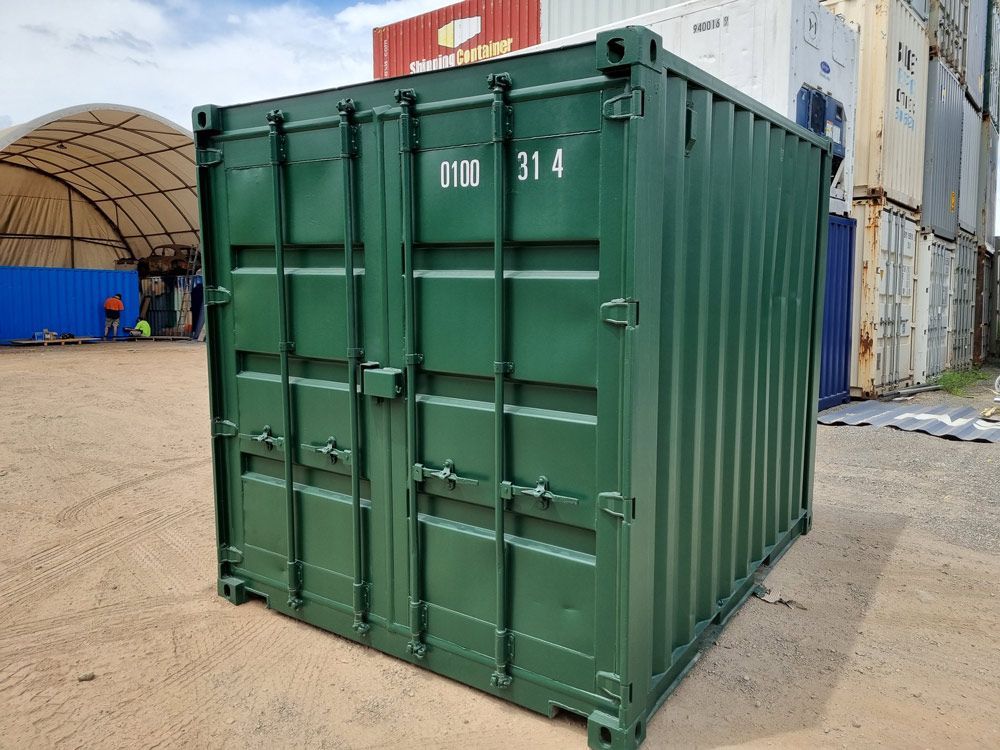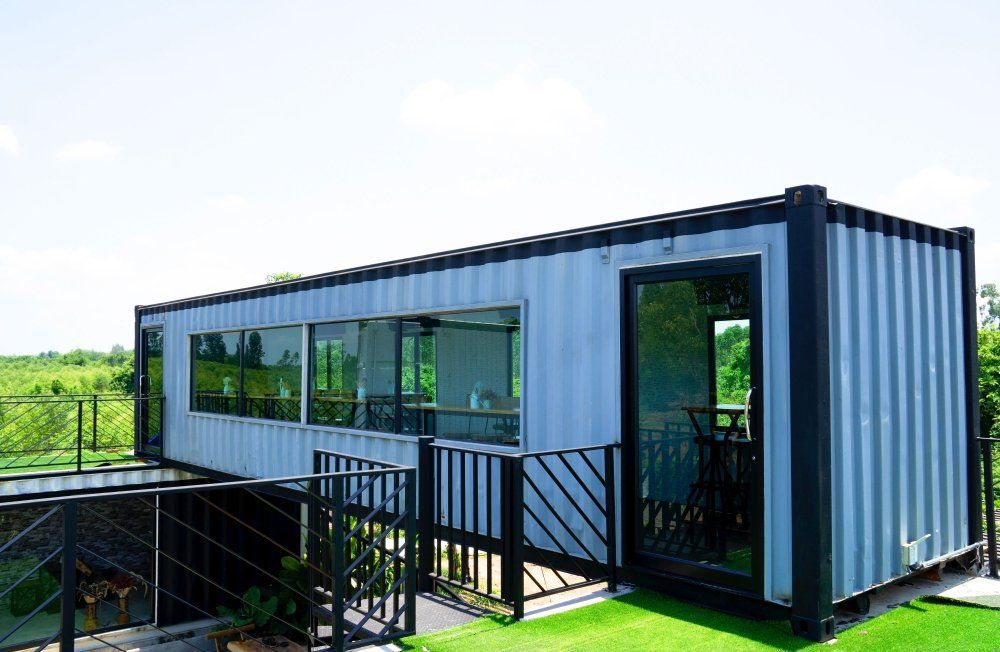How To Insulate Shipping Containers
Shipping containers are widely used for a variety of purposes, from storage to housing and even as portable offices. However, due to their metal construction, they’re not well insulated and can become too hot or too cold depending on the environmental and weather conditions. Luckily, insulating your shipping container offers a great solution, ensuring that the interior remains at a comfortable temperature and preventing damage to any goods or equipment stored inside.
Why Insulate Shipping Containers?
Types of Insulation
There are various insulation materials that can be used to insulate a shipping container, each with their own pros and cons. Here are some of the most common types of insulation:
- Fiberglass insulation: This is one of the most popular types of insulation, as it’s relatively cheap and easy to install. It consists of long, thin fibres of glass that are woven together into a mat. Fiberglass insulation is good at trapping air, which makes it a good insulator.
- Spray foam insulation: This is a more expensive type of insulation, but it’s highly effective at insulating a shipping container. Spray foam insulation is applied as a liquid, which expands to fill any gaps or cavities in the container. It’s great for preventing air leaks and can also help to dampen noise.
- Rigid foam insulation:
This type of insulation is made from polystyrene or polyurethane and is highly effective at insulating a shipping container. Rigid foam insulation comes in large sheets that can be cut to fit the walls and ceiling of the container. It’s highly resistant to moisture, making it a good choice for containers that are stored in damp or humid environments.
Ideal Temperature For Insulation
The ideal temperature for insulation will depend on the intended use of the shipping container. For containers that are being used as offices or living spaces, the ideal temperature is generally between 18°C and 25°C. For containers that are being used to store goods, the ideal temperature will depend on the type of goods being stored. For example, perishable goods such as food will require a temperature of between 0°C and 5°C, while electronics may need to be stored at a higher temperature to prevent damage.
In conclusion, insulating a shipping container is an important step to ensure that the interior remains at an ideal temperature. Contact our team at East Coast Containers to discuss all your shipping container needs and find out how we can best assist you.












